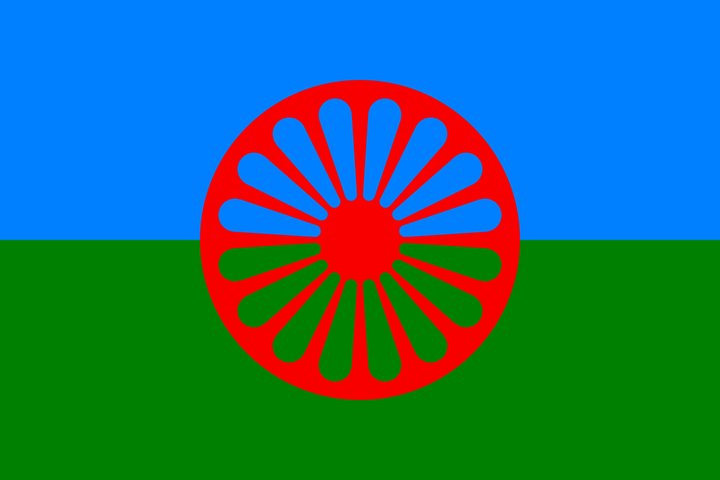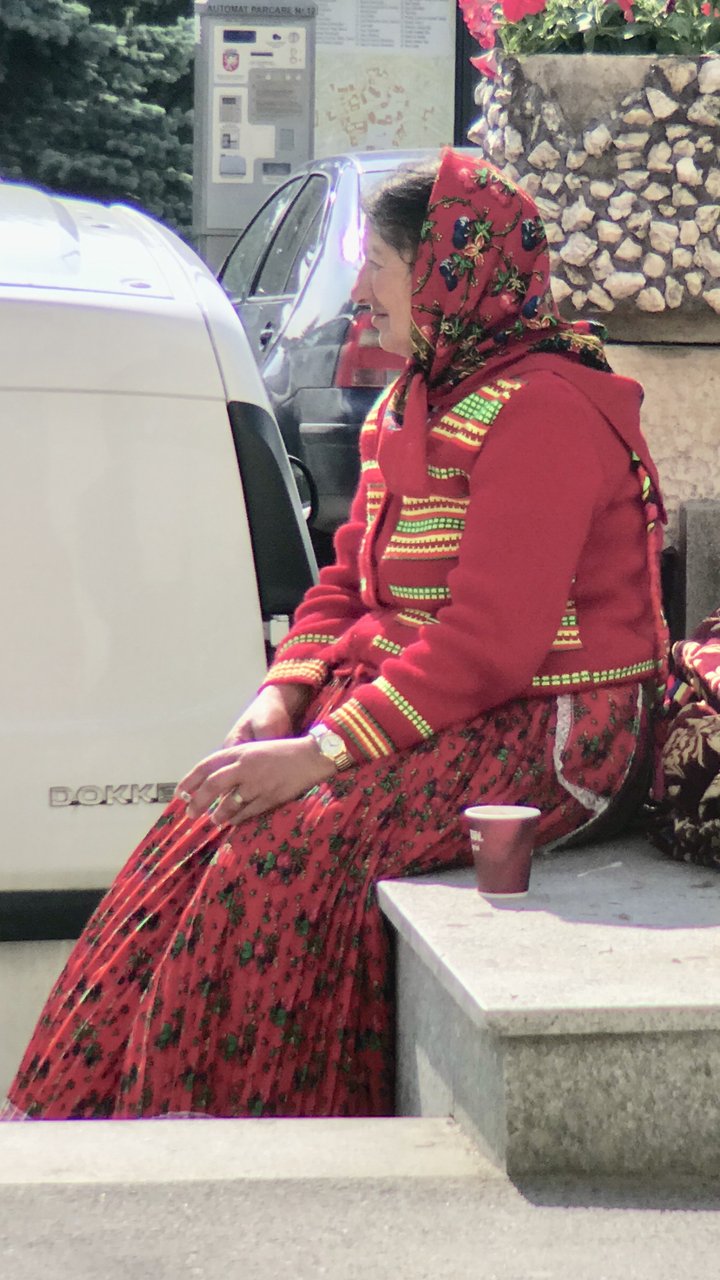“Mainstreaming is definitely a fundamental issue for us. We suffered five and a half centuries of slavery and oppression in the Balkans, so a lot of Romanies don’t see that the mainstream has ever done a whole lot for us.”
— Dr. Ian Hancock, Romani ambassador to the United Nations.

Romanies in Sibiu, Romania (Barry Evans)
Growing up in Britain in the 1940s and ‘50s, the word “gypsy” was inevitably accompanied by some pejorative term such as “lazy,” “dirty” or “dishonest.” Actually, the word itself, gypsy, is mostly considered pejorative; Romani (or Roma, which properly refers to an Eastern European subgroup) is the usual term today, or, in the UK, traveller. (Gypsy is an exonym—a word used by outsiders—deriving from the mistaken belief in 15th century England that newly-arrived Romanies came from Egypt.)
The derision I heard against the Romanies would have been nothing new for them. For hundreds of years in Europe, they have been persecuted, enslaved, barred from living in cities and entire countries, and suffered pogrom after pogrom. Before and during the Second World War, the Nazis killed—either directly or by forced labor—between half and one-and-a-half million Romanies in a program of systematic genocide.

“Gypsy” encampment near Swansea, Wales (1950s). (Geoff Charles, public domain)
Unlike the Jews, who, of course, also suffered horrifically during the WW2 Holocaust, today the Romanies have no country, are scattered throughout the world (especially in the Balkans, the US and Brazil), speak different dialects (often mutually unintelligible) of the same root language, and have no overall parliament, despite being the largest ethnic minority in Europe. More to the point, according to the Economist, Romanies in Europe are “at the bottom of every socioeconomic indicator: the least educated, the poorest, the most unemployed, the shortest-lived, the most imprisoned, the most welfare-dependent and the most segregated.”

Romanies in Germany, 1935. (Unknown photographer, public domain)
Because of similarities between their language and those of north India, the Romanies were assumed to have come from India, and in 2012, a wide-ranging genetic study confirmed this. They left northwestern India (Rajasthan in particular) as a group around 1,500 years ago and initially settled in the Balkans, whence they spread out all over Europe. Today there are about 11 million Romani (estimates vary wildly—between 2 and 20 million!) living around the world. Traditionally nomadic (most people associate Romani with horse-drawn caravans, at least in the UK), most have now settled down, and many—an estimated 40% in Romania, for instance—no longer speak their native tongue.

Distribution of Romanies in Europe. In countries shown in green, at least 10% of the population are Romani. Size of the wheel indicates percent of Romani in each country. (2007 Council of Europe)
Surprisingly (to me, at least) an estimated one million Romani live in the US. We don’t hear much about them because they have assimilated much better than their counterparts in Europe. (The estimate is complicated by the fact that the US Census doesn’t distinguish Romani, which is neither a religion nor a nationality.) The greatest influx of Romani into the States occurred immediately following the abolition of slavery in Romania in 1864, although even today they make up at least 10% of the population of that country. (Note that the similarity between “Romania” and “Romani” is coincidental—they come from different roots.)

Romani flag.
The future for the Romani people is blurry, per Ian Hancock’s thoughts, above. Most Romanians we’ve talked to here view them with antipathy. Ethnically and linguistically, they’re a breed apart from Europeans. Yet here they are, some choosing to be obviously visible in their traditional dresses and hats. They are mostly non-nomadic now as the world around them changes beyond measure.
One word would seem to sum it up: survivors.

Romani woman, Sibiu (Barry Evans)
CLICK TO MANAGE